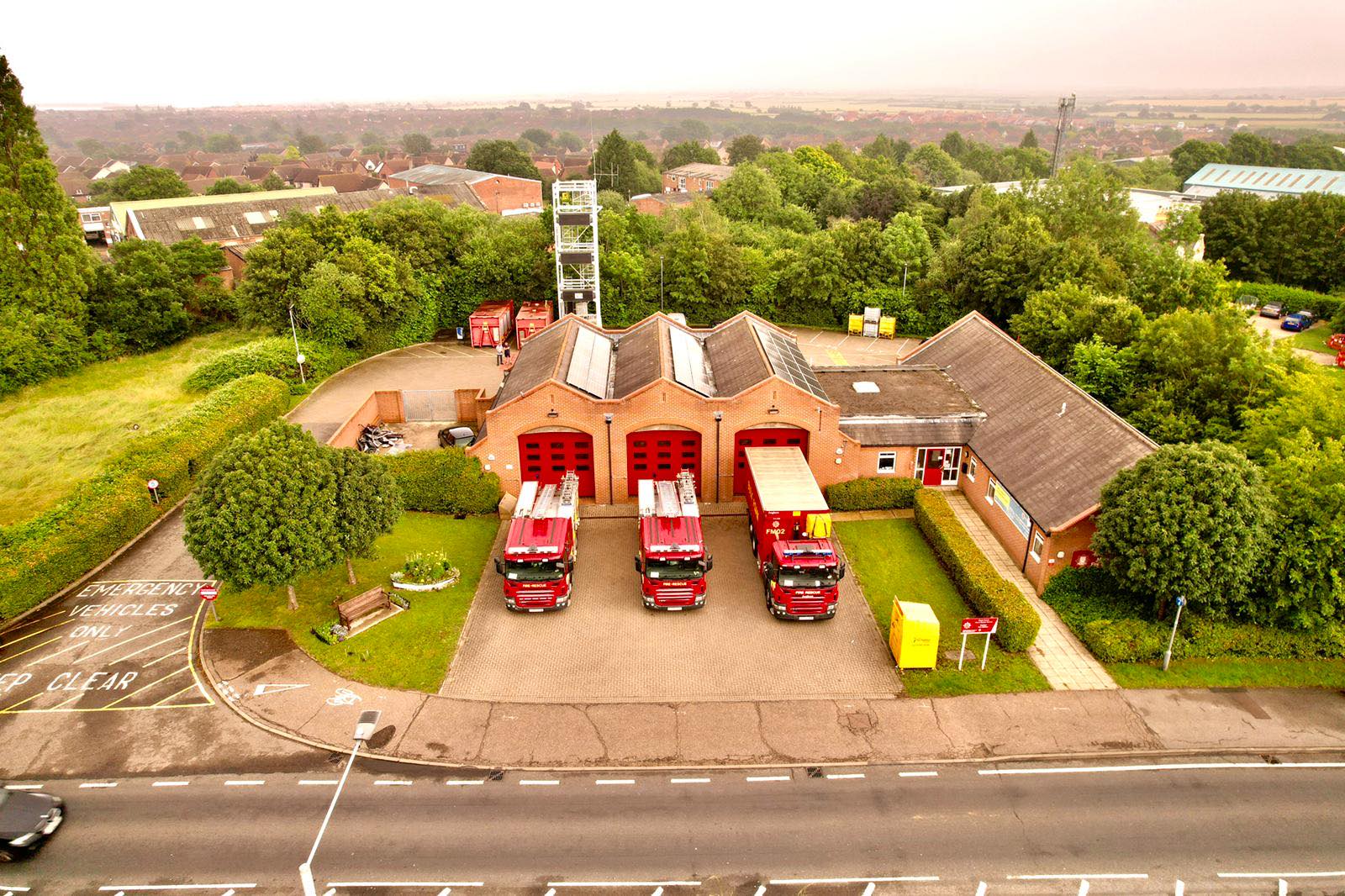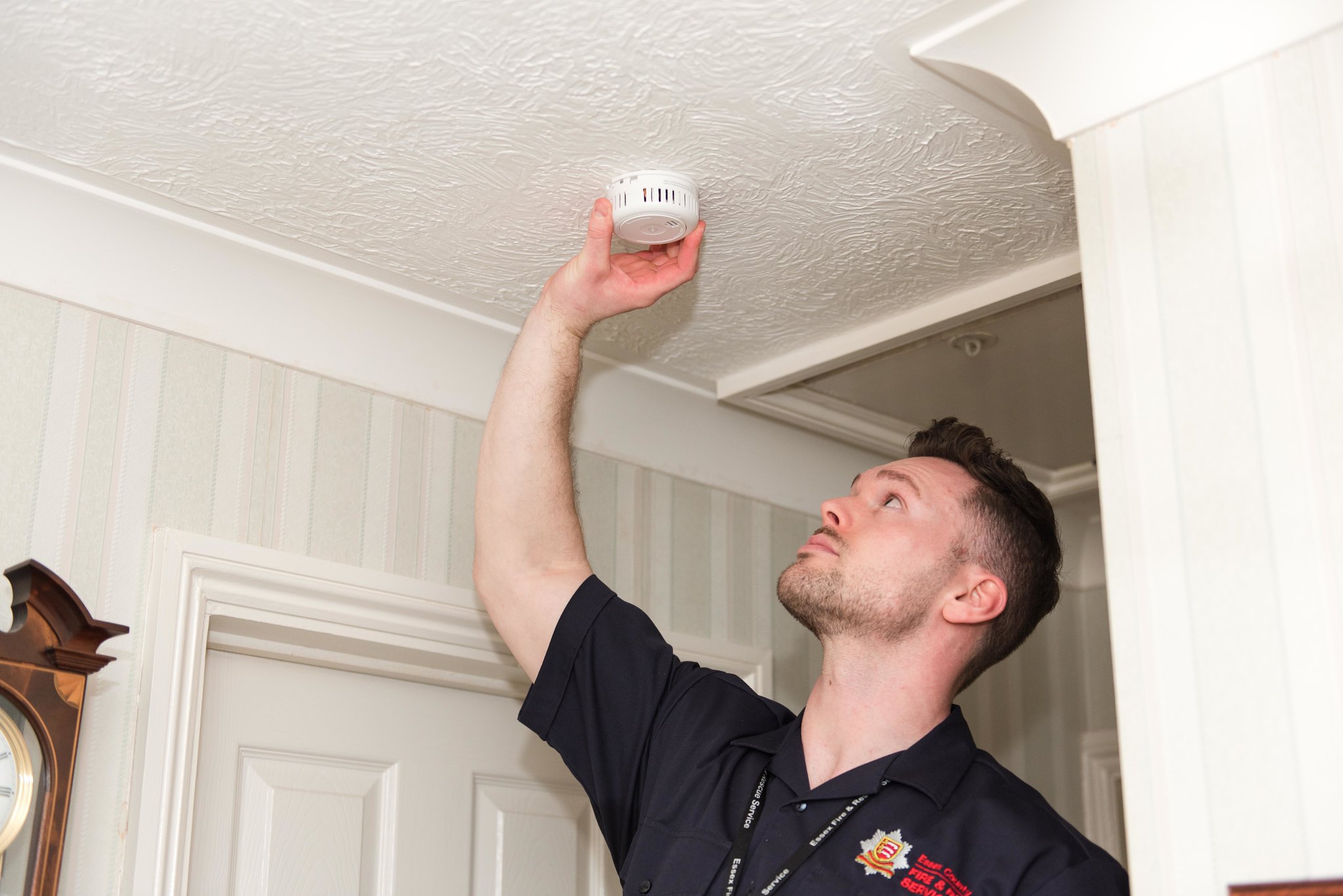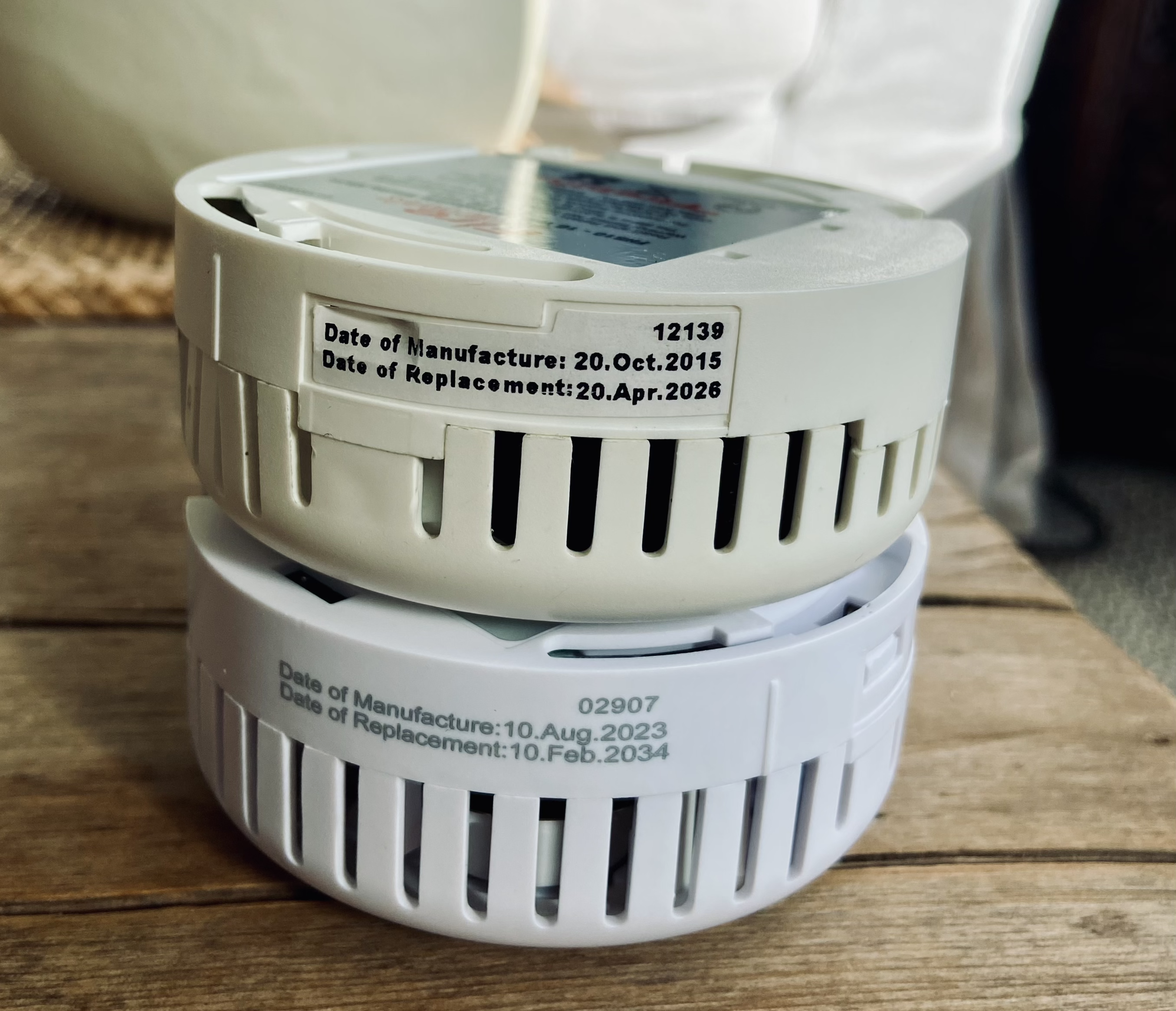Not just a Van
In 1937, with war clouds gathering, the Government required all Fire Brigades to start recruiting a new Fire Service to supplement the existing peacetime fire appliances and personnel. It was called the Auxiliary Fire Service (AFS) and the Home Office was to supply all the pumps, hose, ladders, uniforms and equipment that the new service would require. Although provision was made for some heavy pumping appliances, the majority of the pumps would be trailer mounted. In 1938 equipment began to be issued and this continued into early 1940. Hundreds of trailer pumps were delivered, but without towing vehicles. The local fire brigades across the country were told to requisition suitable vehicles to tow the trailer pumps. It was generally decided that cars with large 6 or 8 cylinder engines would be best suited for the job. In those days many American cars were imported to England and as a result it was mainly the owners of these vehicles that found their cars being taken. Although some were kept just as they had been taken into service, many had their rear bodywork removed and a box body or open ‘chariot’ styled body added.
Once enemy bombing commenced the AFS and their vehicles were soon facing the full might of the Blitz and inevitably the wear and tear on the many towing cars began to make its mark. Problems concerning spare parts for the impressed American cars soon began to appear and many of the older British cars were found to be quite unsuitable for the tasks they were carrying out. In London 2,000 taxi cabs were pressed into service and performed very well, but elsewhere in the country problems occurred when brigades had the pumps, but not the vehicles to tow them. As a result the Home Office embarked on a programme of replacement for all towing vehicles. A medium sized box van was designed and contracts sent out. The large majority of the vehicles were based on the Austin K2, 2 ton chassis, although some were built on Ford WOT 2 chassis and a few on Guy Ant chassis.
The first of the new towing vehicles began to see service in the spring of 1941 and were soon given the title of Auxiliary Towing Vehicle or ‘ATV’. There is some question as to whether the ‘A’ of ATV stood for Austin, but as there were at least two other makes of ATV, this is unlikely.
An Austin K2 ATV of National Fire Service No. 38 Fire Force (London) in standard grey finish, It is towing a Dennis No 2 Major Trailer Pump. (Picture courtesy of the London Fire Brigade)
In 1941 the National Fire Service (NFS) was formed from the 1,644 fire brigades that existed in the UK prior to that time. Well in excess of 2,000 ATVs were produced during the period 1941-1945, most of these were put into service by the NFS, although a few went to other Home Office departments and the armed forces. Although their main purpose was to tow trailer pumps, they were also used as personnel carriers and general purpose vans. They were painted in matt finish ‘Dark Admiralty Grey’, with white bumpers and lower body edges to make them more visible in the ‘black-out’. Some received a coat of varnish for extraprotection from the elements although this was not general.
In 1948 the National Fire Service was stood down and the fire service was returned to Local Authority control. New fire brigades were formed including the Essex County Fire Brigade which replaced the many brigades that had operated in Essex prior to the Second World War. During the war, new fire stations had been established across Essex to cover the villages and rural areas. Most of these stations were very basic and only just large enough to accommodate an ATV and its trailer pump. With the severe financial restrictions of the immediate post war years there was little chance of the County’s fire service replacing the rural stations or the vehicles in them. These stations were manned by Retained Fire-fighters. These firemen were called out either by a siren during the day or call bells at night and pursued their normal trades or businesses until a fire call was received for their station. ATVs attached to these stations were repainted red and given a ‘make-over’ including silver coach lining and a chromed bell, radiator grill and front bumper. It was common for the retained crews to keep their appliances in almost showroom condition, which led to some very smart, but ageing vehicles in service. However, some of the Essex ATVs were used for other purposes including Salvage Tenders, General Purpose Vehicles and Mobile Repair vans, the latter being painted dark green.
An ATV being used as a Mobile Repair Van (MRV). It was finished in Dark Green and has windows added to the rear bodywork. Inside the vehicle would have been a work-bench and cupboards for tools and spare parts, plus an oxy acetylene welding plant. Note the absence of a bell or ladder gantries. (EFM)
Although the ATVs towed very efficient trailer pumps and carried all the hose and equipment for major fire fighting, they were not really equipped for dealing with small sized domestic fires. As a result the Home Office offered a special kit to convert the vehicles into a more adaptable fire appliance. This consisted of a gear pump, small water tank and a hose reel with 180 feet of hose reel tubing. The majority of Essex ATVs were converted to this standard.
Hatfield Peverel’s ATV in attendance at a major fire in 1961. Notice the control panel next to the passenger door, it was part of the Home Office hose reel kit that was fixed on the inside of the vehicle. The hose reel tubing could be pulled out through the small hole just above the control panel. This vehicle also has a lowered ladder arrangement to enable it to fit into its home station. (EFM)
Auxiliary Towing Vehicles were not the most comfortable vehicles to ride in, especially for those in the rear compartment, mainly due to the open rear end with just canvas curtains to keep the weather and exhaust fumes out. The Essex ATVs stayed in service for almost 20 years. Indeed one or two went on for longer, mainly because their stations could not accommodate a larger vehicle, but eventually they were all replaced by the early 1960s.
This ATV was very likely a ‘spare’ as it does not have the chromium fittings or coach lining. Here it is seen towards the end of its service at the old Great Waltham fire station. Its replacement was a new Dodge Water Tender. The young audience is waiting for it to turnout, having been alerted by the station’s siren. (Courtesy of Paul Blows)
An ATV being used as a General Purpose Vehicle at an incident in Witham in the late 1950s. This ATV does not have the Home Office conversion or coach lining. It was probably based at Chelmsford. Note the canvas curtains at the rear. (EFM)
The replacement appliances for the ATVs were mainly of Dodge manufacture, with both normal control and forward control versions being placed into service.
Reference sources:
The Essex Fire Museum archives
London Fire Brigade Museum Archives
Book, ‘Loosely Connected’ by Geoff Cooper (Kent Fire and Rescue Service Museum.) Use of a photograph courtesy of Paul Blows
M.J.Beale, September, 2019
All Fired Up’ is a series of articles written by our Museum volunteers about the history of the fire service in Essex.
Volunteers spend many hours researching the collection, often uncovering untold stories and finding interesting facts that would otherwise be lost.
To share these invaluable snippets of history with you we are making some of this research available. Read the full list here.


